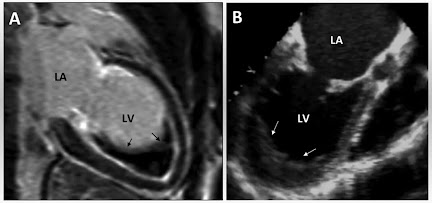Haemorrhage
Definition –
Haemorrhage is the escape of blood from a blood vessel.
HAEMATOMA –
Extravasation of blood into the tissue with resultant swelling is known as
haematoma.
ECCHYMOSIS – Large extravasations of blood into the skin and mucous
membranes are called ecchymosis.
PURPURA – Small areas of haemorrhage (up to 1 cm) into the skin and
mucous membrane called purpura.
PETECHIAE – Minute pinhead size haemorrhages on the skin are called petechiae.
FORMS –
- Epistaxis (nosebleed)
- Haemoptysis (coughing up blood)
- Haematemesis (vomiting blood)
- Haematuria (blood in urine)
- Melena (dark stool)
- Polymenorrhea (short menstrual cycle <21 days)
- Menorrhagia (heavy periods)
- Postpartum haemorrhage (excessive bleeding after childbirth)
- Antepartum haemorrhage (genital bleeding during pregnancy, third trimester to till birth or delivery)
Classification
–
1. According to
the nature or type … (a) External or visible haemorrhage (b) Internal or
concealed haemorrhage.
2. According to
the timing …
a. Primary haemorrhage – When
haemorrhage occurs just after injury of vessels.
b. Reactionary haemorrhage – When
bleeding within 24 hours (usually 4-6 hours) causing slipping of ligature,
dislodgement of clot.
c. Secondary haemorrhage – When
haemorrhage occurs after 7-14 days causing surgery, sloughing of vessels due to
infection.
3. According to the source…
a. Arterial haemorrhage – When
bleeding occurs due to rupture of artery. Blood is bright red in colour and
emitted as spurting jet.
b. Venous haemorrhage – When
bleeding occurs due to rupture of veins. Blood is dark red in colour and
emitted steady and copious flow.
c. Capillary haemorrhage – When bleeding
occurs due to rupture of capillaries. Blood is bright red in colour and emitted
rapid oozing.
4. According to the duration … (a) Acute haemorrhage (b) Chronic haemorrhage
5. According to the type of intervention… (a) Surgical (b) Non-surgical haemorrhage
Effects of Haemorrhage –
- 33% of total blood, sudden loss may cause death.
- 50% of total blood, loss over the period of 24 hours may not necessary fatal.
- Chronic haemorrhage generally produce iron deficiency anaemia while occur acute haemorrhage may cause hypovolaemic shock.
Etiology –
- Trauma to the vessel wall, e.g. penetrating wound in the heart or great vessels.
- Spontaneous haemorrhage, e.g. rupture of an aneurism, septicaemia, bleeding diathesis, acute leukaemias, pernicious anaemia, scurvy.
- Inflammatory lesions of the vessel wall, e.g. bleeding from chronic peptic ulcer, typhoid ulcers, traversing a tuberculous cavity in the lung, syphilitic involvement of the aorta, polyarteritis nodosa.
- Neoplastic invasion, e.g. vascular invasion in carcinoma of the tongue.
- Vascular disease, e.g. atherosclerosis.
- Elevated pressure within the vessels, e.g. cerebral and retinal haemorrhage in systemic hypertension, severe haemorrhage from varicose veins due to high blood pressure in the veins of legs or oesophagus.






No comments:
Post a Comment
Please do not enter any spam link in the comment box